This week, the 2015 Paris Climate Conference, or COP21, will gather countries that want to take action for the climate. A central topic of these discussions will focus on the intersection of water and climate change.
Combating climate change is everyone’s business. Reducing emissions and investing in renewable energy, improving city planning and building design standards, developing more efficient transportation, and reducing deforestation (among others) all play key roles in mitigating the effects of climate change. At the same time, countries, and industries, will also need to adapt to changes in the climate as they unfold. Since climate change will significantly increase the variability of rainfall, different parts of the world will become more vulnerable to floods or droughts.
“Water scarcity and variability pose significant risks to all economic activities, including food and energy production, manufacturing and infrastructure development,“ said Laura Tuck, World Bank Group Vice President for Sustainable Development during a recent press conference at COP21. “Poor water management can exacerbate the effects of climate change on economic growth, but if water is managed well it can go a long way to neutralizing the negative impacts.”
Managing water variability — including its nexus with food and energy — is becoming one of the key development challenges facing the world today. Helping the poor adapt to this changing future is everyone’s business.
“Water is so fundamental to life and to economic development, and it’s vital we tackle these issues particularly in the developing world, where water stress is already exacting a price on people and economies ,” said Junaid Ahmad, Senior Director for Water, World Bank Group.Climate change may worsen the situation by increasing water stress and extreme-weather events. Hence, the water and climate nexus can no longer be put aside. This week and beyond, water security must be central to climate discussions for the very reasons outlined below:
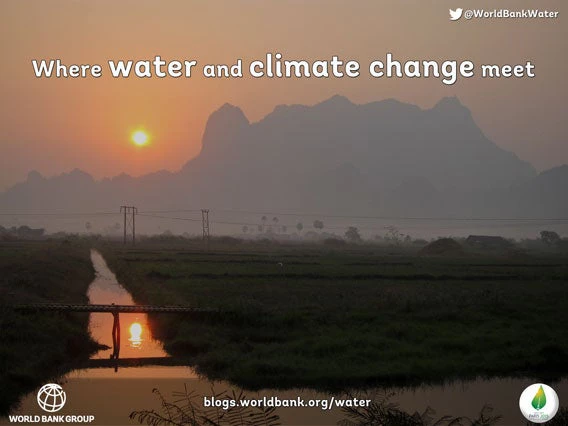
Photo credit: Markus Kostner / World Bank
Tweet this:
By 2030, the world could face 40% shortfall b/t #watersupply and demand. #COP21 #ClimateIsWater
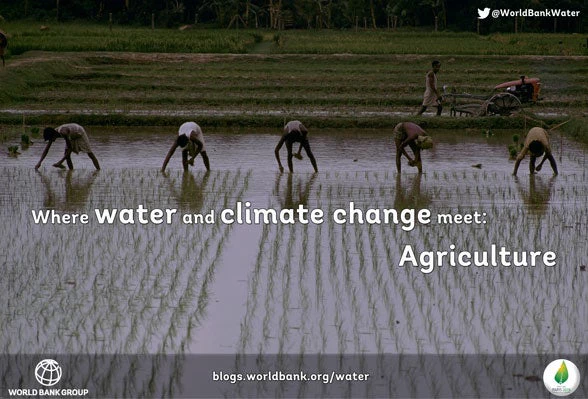
Photo credit: Thomas Sennett / World Bank
Tweet this:
Today, #agriculture accounts for 70% of global #water withdrawals. #COP21 #ClimateIsWater

Photo credit: Shutterstock
Tweet this:
#Groundwater is depleted faster than it's replenished. #COP21 #waterscarcity #ClimateIsWater
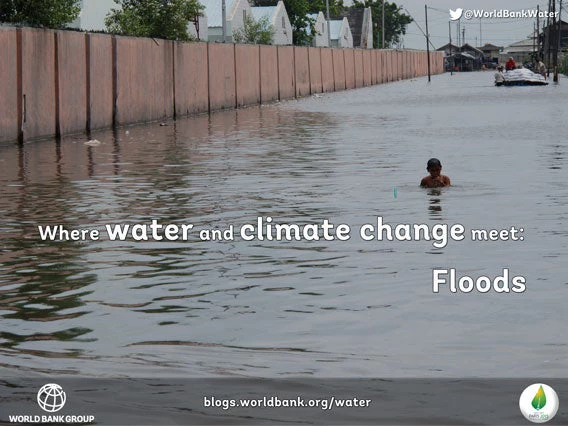
Photo credit: Farhana Asnap / World Bank
No country is immune from #climate-related disasters (droughts, floods). #COP21 #ClimateIsWater
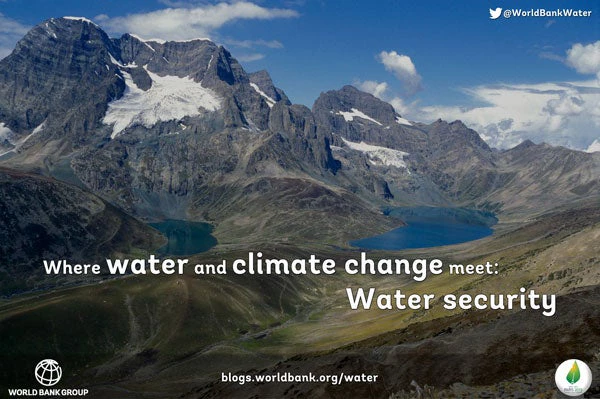
Photo credit: Curt Carnemark / World Bank
Global community must help ensure #COP21 prioritizes #watersecurity. #ClimateIsWater #goal6
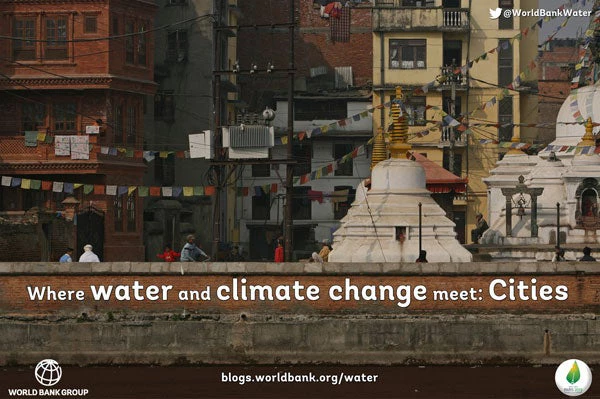
Photo credit: Simone D. McCourtie / World Bank
Tweet this:
BLOG: #ResilientCities require more #sustainable use of #water. #COP21 #ClimateIsWater #cities
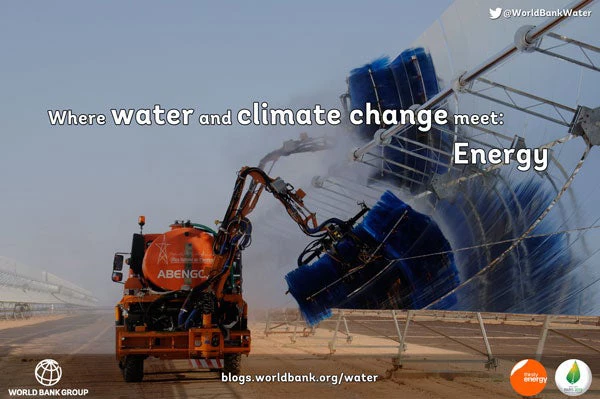
people, industries, ecosystems, and growing economies. Climate change will add more uncertainty through increased water variability and more frequent and severe floods and droughts.
Photo credit: Dana Smillie / World Bank
#ClimateChange critical to @WorldBankWater’s #ThirstyEnergy initiative. #COP21 #ClimateIsWater
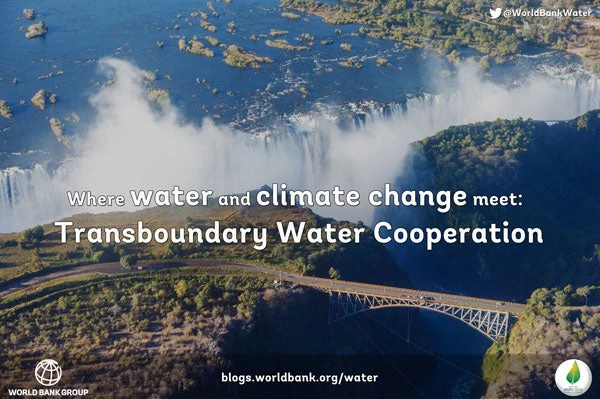
Photo credit: Shutterstock
Transboundary #water cooperation in #Africa boosts #climateresilience. #COP21 #ClimateIsWater
Related links:
Water Blog: Why it's time to elevate groundwater
Water Blog: How can we ensure that we build water and climate resilient cities?
Water Blog: Transboundary water cooperation helps build climate resilience
Thirsty Energy: Securing Energy in a Water-Constrained World


Join the Conversation